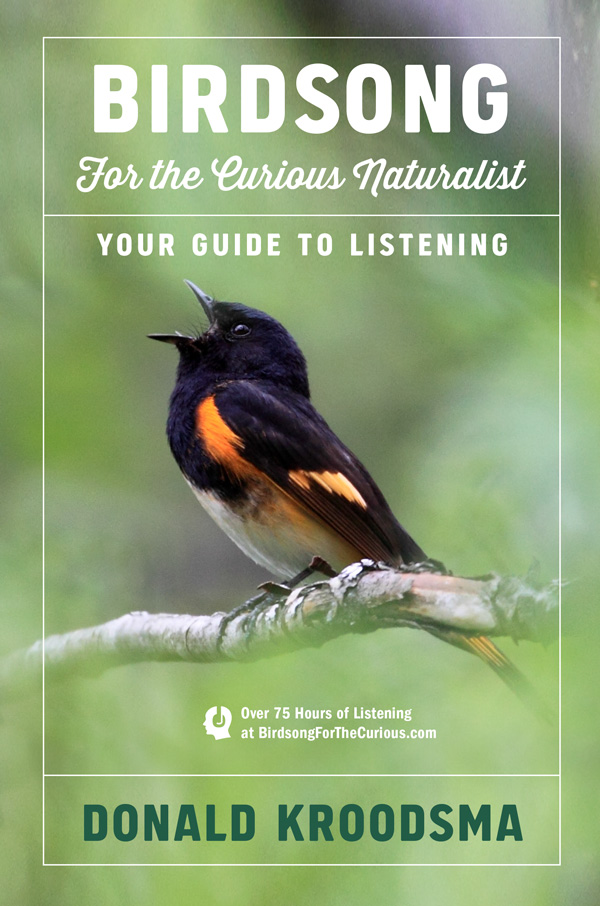72. The curious case of pitch-shifting black-capped chickadees.
9. Music to Our Ears
The music in birdsong
From page 156 in the book.
The curious case of pitch-shifting black-capped chickadees. Why pitch-shift? And when? Is this form of singing simply another way for a male songbird to interact with singing neighbors? Other songbirds, such as cardinals (p. 59), learn about a dozen different songs from each other and then often match each other during their countersinging exchanges. Perhaps chickadees play some of the same kinds of games that cardinals do; it's just that when chickadees match, they are matching the pitch of their one hey-sweetie song. What fun listening to a community of black-capped chickadees pitch-shifting during the dawn hour, all the while asking questions.
What pitch is he on now? How many songs does he sing on a pitch before shifting? How does that change over time? And his neighbor? Do neighbors pitch-shift at about the same time, and to a similar or a different pitch? Can I detect any patterns? This exercise is facilitated by the chickadees, because during the dawn chorus, male chickadees often gather to countersing near territory boundaries (as do males of so many songbirds), so that two or more birds can easily be heard simultaneously.
